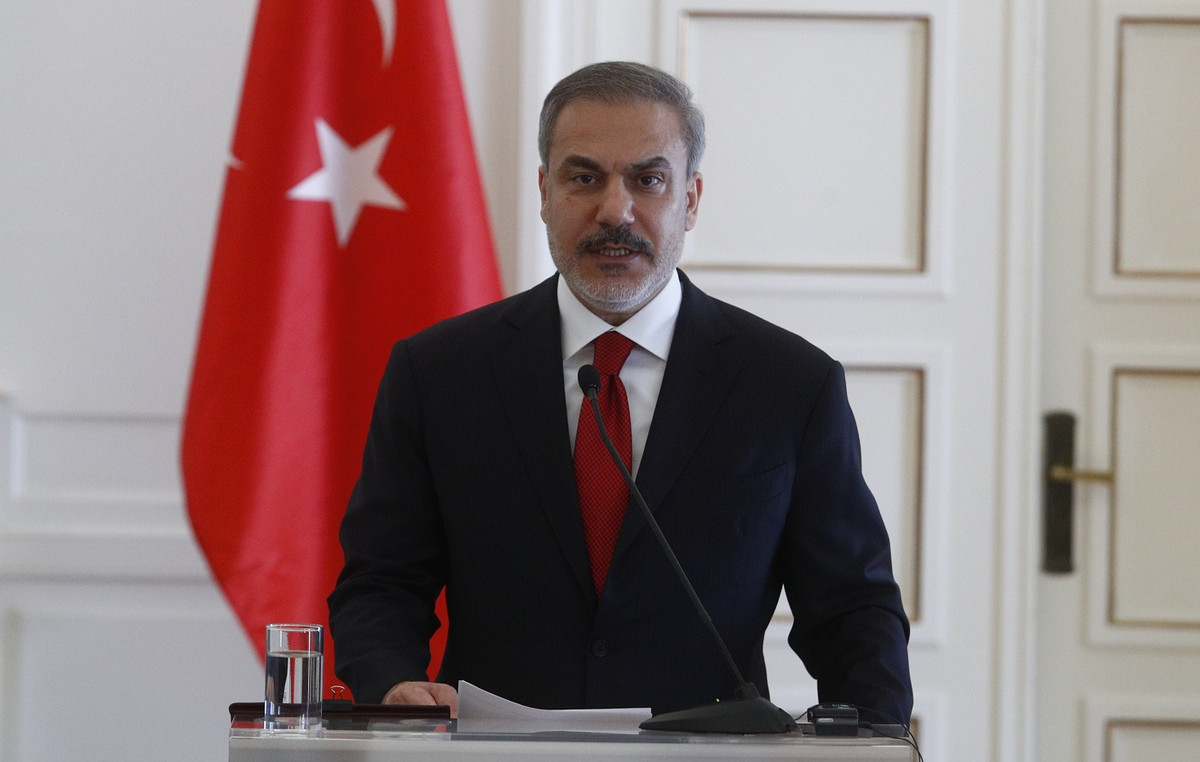- The WTI depreciates after the US president, Donald Trump, asked OPEC+ to reduce crude oil prices.
- Trump reiterated his demand to OPEC+ to lower oil prices to harm Russia’s finances and end the war in Ukraine.
- The White House confirmed that Colombia has accepted all the terms, after the threat of Trump tariffs.
The price of oil West Texas Intermediate (WTI) has reversed the profits obtained in the previous session, quoting around $ 73,90 per barrel during the Asian negotiation hours on Monday. The prices of crude oil face pressure since the US president, Donald Trump, generated commercial concerns, urging OPEC+ (the organization of oil exporting countries and its allies) to reduce crude oil prices.
On Friday, Trump reiterated his demand to the OPEC+ to lower oil prices in an effort to harm the finances of the russian russia and help end the war in Ukraine. “One way to stop it quickly is that OPEC stops earning so much money and lowering the price of oil … that war will stop immediately,” Trump said. However, the OPEC and its allies, including Russia, have not yet responded to Trump’s call, with OPEC+ delegates pointing out a plan to increase oil production from April.
President Trump also warned about the imposition of taxes, tariffs and sanctions to Russia “and other participating countries” if an agreement is not reached to end the war in Ukraine soon. In response, Russian President Vladimir Putin suggested a meeting with Trump to discuss war and energy prices.
Concerns about the supply of crude . This movement followed Colombia’s refusal to allow two US military aircraft, which transported deported migrants, landed.
In retaliation, Colombia, a key commercial partner of the US and oil supplier, threatened to impose tariffs on US imports. The US is the largest maritime exports buyer in Colombia, buying 183,000 barrels per day (BPD) in 2024, or 41% of total exports in Colombia, according to data from the Kpler analysis firm. In addition, data from the US energy information administration show that the US imported 228,000 BPD of crude oil and Colombia products in 2023.
In a surprising turn, the White House announced on Monday that “Colombia has accepted all the terms of President Donald Trump, including the unconditional acceptance of all illegal immigrants in Colombia that are returned from the United States.”
WTI FAQS oil
WTI oil is a type of crude oil that is sold in international markets. WTI are the acronym of West Texas Intermediate, one of the three main types that include the Brent and Dubai’s crude. The WTI is also known as “light” and “sweet” by its relatively low gravity and sulfur content, respectively. It is considered high quality oil that is easily refined. It is obtained in the United States and is distributed through the Cushing Center, considered “the crossing of the world.” It is a reference for the oil market and the price of WTI is frequently traded in the media.
Like all assets, supply and demand are the main factors that determine the price of WTI oil. As such, global growth can be a driver of the increase in demand and vice versa in the case of weak global growth. Political instability, wars and sanctions can alter the offer and have an impact on prices. OPEC decisions, a group of large oil -producing countries, is another key price factor. The value of the US dollar influences the price of WTI crude oil, since oil is mainly traded in US dollars, so a weaker dollar can make oil more affordable and vice versa.
Weekly reports on oil inventories published by the American Petroleum Institute (API) and the Energy Information Agency (EIA) influence the price of WTI oil. Changes in inventories reflect the fluctuation of supply and demand. If the data show a decrease in inventories, it can indicate an increase in demand, which would raise the price of oil. An increase in inventories may reflect an increase in supply, which makes prices lower. The API report is published every Tuesday and that of the EIA the next day. Their results are usually similar, with a 1% difference between them 75% of the time. EIA data is considered more reliable, since it is a government agency.
The OPEC (Organization of Petroleum Exporting Countries) is a group of 13 nations oil producing that collectively decide the production quotas of member countries in biannual meetings. Their decisions usually influence WTI oil prices. When OPEC decides to reduce fees, it can restrict the supply and raise oil prices. When OPEC increases production, the opposite effect occurs. The OPEC+ is an expanded group that includes another ten non -members of the OPEC, among which Russia stands out.
Source: Fx Street
I am Joshua Winder, a senior-level journalist and editor at World Stock Market. I specialize in covering news related to the stock market and economic trends. With more than 8 years of experience in this field, I have become an expert in financial reporting.







